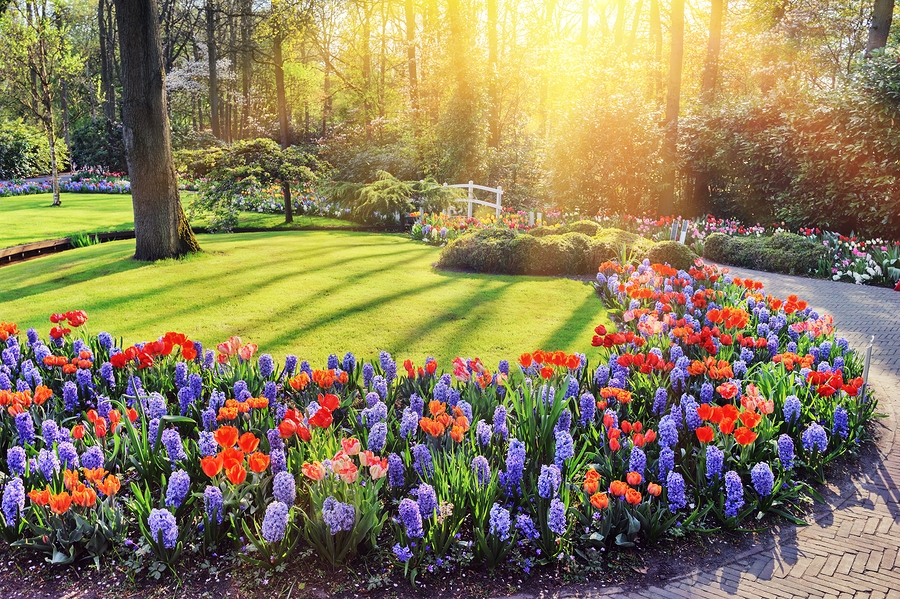
As springtime reaches full-tilt and summer approaches, there’s a tendency to look at your lawn and wonder if the grass really could be greener. But making landscape upgrades can come with a high price tag, and if you don’t have the cash on hand, it might be tempting to borrow. So, are landscape loans/lawn loans worthwhile?
Necessity/Added Value
Whether you’re looking at re-sodding, xeriscaping, or installing a water feature, greening up will cost you plenty of green. Ask yourself if an upgrade is necessary and what the short and long term benefits will be. If you are considering a lawn loan, you should know this type of loan falls under the personal loan category, which has interest rates ranging from as low as 2.49% to as high as 36%!
It’s critical that you avoid going into debt for a project that’s unnecessary or will not significantly add value to your property. For instance, if you have a toddler and your yard is dangerous or unsuitable for play, improving it by adding fencing and child-friendly landscaping will only add to your property value. On the other hand, if you want to install an above-ground pool and party deck, chances are these items will depreciate over time.
Cost-Benefit Analysis
In simple terms: if you were to put your home on the market next year, would this landscaping be a selling point? If the answer is no, then don’t consider it. If the answer is a decisive yes, then you should weigh the options and consider moving forward. Research how much your project will cost, and then look at the terms offered by lenders. Figure out if the monthly payment is within your budget.
If you want to install water-conserving features, estimate how much you’ll save on irrigation each month and figure out how long it will take the project to pay for itself. For a multi-phase project, you may want to consider borrowing a smaller amount to complete the first phases. Once you’ve saved some money, you can complete the project. If you’re planning to sell your home in the next few years, you should research which upgrades will increase your property value the most, knowing that you can pay off the loan in full when the sale closes. High-quality landscaping is a feature that helps homes sell. It also adds the most value for investment, adding up to 15% to home values. Quality is key; overly high-maintenance landscaping can actually lower home values, and DIY installations may not be professional enough looking to add value to your property. No matter what path you take, you must maintain your landscape and keep the yard looking tiptop when you list your home.
Lender Options
Most “landscape loans” are offered by credit unions – generally considered trustworthy lenders. But non-bank lenders also offer “renovation loans” at varying rates. Check with your bank or credit union first, then research other lenders to find out what interest rate you qualify for. Many non-bank lenders will charge an upfront fee in addition to interest, which you must factor into your final rate. Make sure you don’t fall into the trap of paying an exorbitant interest rate (anything over 10% is too much). You will be better off saving your money and paying for a landscape upgrade when you can afford it.
Whether a lawn loan is worthwhile depends on why you want to make landscape improvements, what they will cost, and how they will benefit you. Leveraging your credit to improve your quality of life or the resale value of your home can be a good investment. Just don’t do it without a plan and the numbers to back it up.
Bill Edwards is a landscaper and freelance writer who enjoys doing handyman projects around the house. He and his children recently built a neighborhood gazebo next to the community pool.